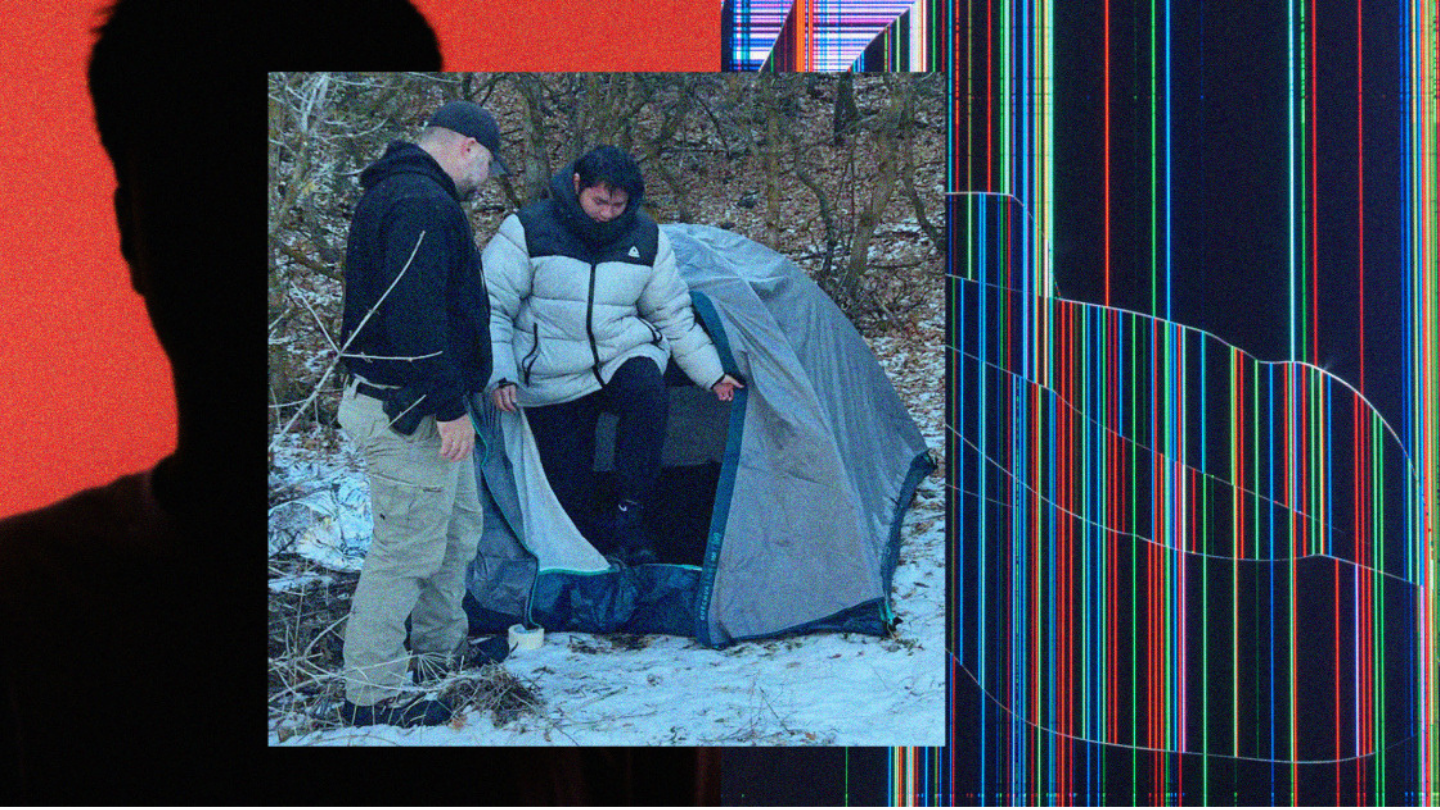If you’re up early this January, you’ll be able to catch a glimpse of the brilliant Venus if you’re facing the direction of sunrise. You’ll also be able to spot the elusive and bright planet Mercury, which will appear low on the morning horizon below Venus. Look for it about 35 minutes prior to sunrise. And don’t forget about Mars, which is back from its trip around the sun and will appear lower in the early morning twilight near Venus.
To help you find the planets, look for the moon. On January 8, it will be close to Venus, and on January 9, it’ll be close to Mercury and Mars. After the moon goes out in the evening, it’ll float close to Saturn on Jan 13 and 14, and hang close to Jupiter around Jan 18.
January 2 is Earth’s closest day to the sun, at a distance of only 91.4 million kilometres. That’s 3 million kilometers closer than we’ll be in July, and while we’re the closest to the Sun in January, that’s because we’re tilted away from it, so we don’t receive as much direct sunlight, which is why winter in our Northern Hemisphere is so long.
It will also be Cheyenne’s last sunrise of the year at 7:25 in the morning on the first day of January.
January is a cold month in Wyoming, so the evening sky is full of bright constellations, making it easier to see on those cold nights.
On the western horizon, you will see the last of the summer constellations, and Cygnus will be standing tall as the night begins.
The Northern Cross, a grouping of stars in the constellation of Cygnus, is easy to spot on the western horizon after dark.
High in the west, the fall constellations are mostly faint, but the well-known Great Square of Pegasus can be seen halfway up in the west.
Turn your head to the north, and you’ll see the circumpolar constellations (the constellations we see on a clear night) and the W or M shape of Cassiopeia just above your horizon. The big part of Ursa Major, known as the Big Dipper, will be upright on its tail over the northern horizon. Between the Big Dipper and the Little Dipper, you’ll find Polaris, our north pole star, at the end of the tail of the little Dipper.
High above the eastern horizon, you will see the constellations Orion and Taurus, and the constellations Auriga and Gemini, but lower on the horizon, you will find the brilliant star Sirius. Sirius is the brightest star that you can see from Wyoming. All three of these constellations, known as the Belt of Orion, are easy to identify and point to Sirius.
High above them, you can see the faint light of the gentle star cluster of the Seven Sisters, known as the “Pleiades”.
A little higher in the evening sky, you can see another brilliant light this month: Jupiter, the giant planet of our solar system.
Returning to Orion’s Belt Stars, you can find a red star called the “Betelgeuse”, which is located on Orion’s upper right shoulder.
Betelgeuse, one of the biggest stars we know of, is a “supergiant star” that will explode in a supernova some time in the future. Nobody knows when this supernova will happen, but it will be visible in the daytime, and it will be a beaming star in the evening sky. Then, it will eventually disappear from view, forever changing the view of Orion.
In the summer, the band of the Milky Way is thicker, covering more of the sky, and we are looking toward the center of our galaxy. However, the center of the galaxy is made up mostly of older stars, so there aren’t as many new and brilliant stars in the summer evening sky.
In winter, there is another spiral arm of the Milky Way that stretches from the western horizon to the eastern horizon. It begins at the constellation of Cygnus and ends at the constellation of Puppis. This spiral arm not only covers a thinner part of the night sky, but it is also closer to us, so there are more large and bright stars in the winter evening sky than there are in any other time of year.
Where does the Milky Way end up on a fall and spring night? Because the Milky Way is on our horizon, there aren’t as many twinkling stars, and we’re actually looking out into space.











